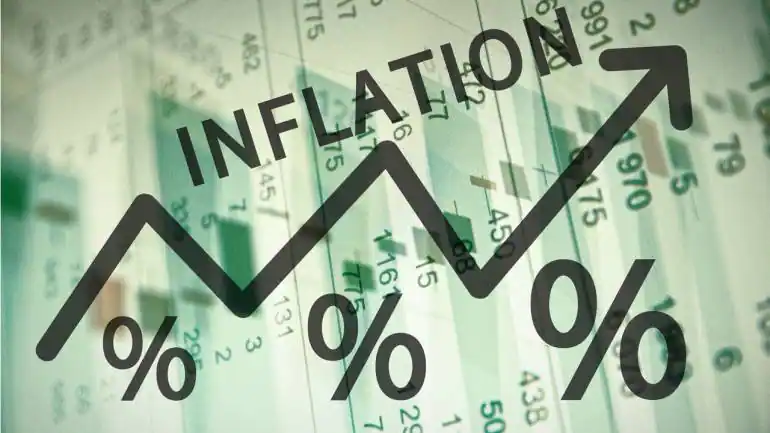The Reserve Bank of India in a surprise move called a press conference on May 4 to announce a 40-basis-point hike in the repo rate. The move to prepone the Monetary Policy Committee meeting scheduled to be held in June was sparked by the sharp increase in inflation in April. According to data released by the commerce ministry on May 17, inflation in India based on the Wholesale Price Index (WPI) increased to 15.08 per cent in April from 14.55 per cent in March.
What is the Wholesale Price Index?
A wholesale price index (WPI) is an index that measures and tracks changes in the price of goods prior to retail. This term refers to goods that are sold in large quantities and traded between entities or businesses (instead of between consumers). The WPI, which is usually expressed as a ratio or percentage, shows the average price change of the included goods; it is frequently regarded as one indicator of a country’s level of inflation.
India’s WPI Numbers:
Inflation in the WPI was 10.74 per cent a year ago. With another ten per cent-plus print in April, WPI inflation has now been in double digits for 13 months in a row. Higher inflation has affected the FMCG companies the most as higher input costs have forced them to take a different route in increasing the prices of their products.
The increase in wholesale inflation in April follows data released on May 12 showing that the more closely tracked headline retail inflation rate based on the Consumer Price Index (CPI) rose to 7.79 per cent in April, the highest since May 2014, or 95 months.
Inflation effect: Higher inflation has affected the FMCG companies the most as higher input costs have forced them to take a different route in increasing the prices of their products. As most customers of the middle class and lower middle class have a lower tolerance for higher price, these companies have decreased the size/weight of the product to keep the prices in check. This in a way has caused the shrinkflation.
| No. | RBI Key Rates | In Percentage |
| 1 | Policy Repo Rate: | 4.40 |
| 2 | Standing Deposit Facility Rate | 4.15 |
| 3 | Marginal Standing Facility Rate: | 4.65 |
| 4 | Bank Rate | 4.65 |
| 5 | Fixed Reverse Repo Rate | 3.35 |
What is Shrinkflation ?
Shrinkflation is when a firm reduces the weight of the product to cope with the higher inflation. Indian firms are lately using “shrinkflation” to cope with higher input prices while keeping customers by reducing the weight of fixed-price items which are popular among lower-income groups and in rural areas.
Many companies like Hindustan Unilever, Nestle, Dabur and others have taken the same route to tackle the rising inflation.












